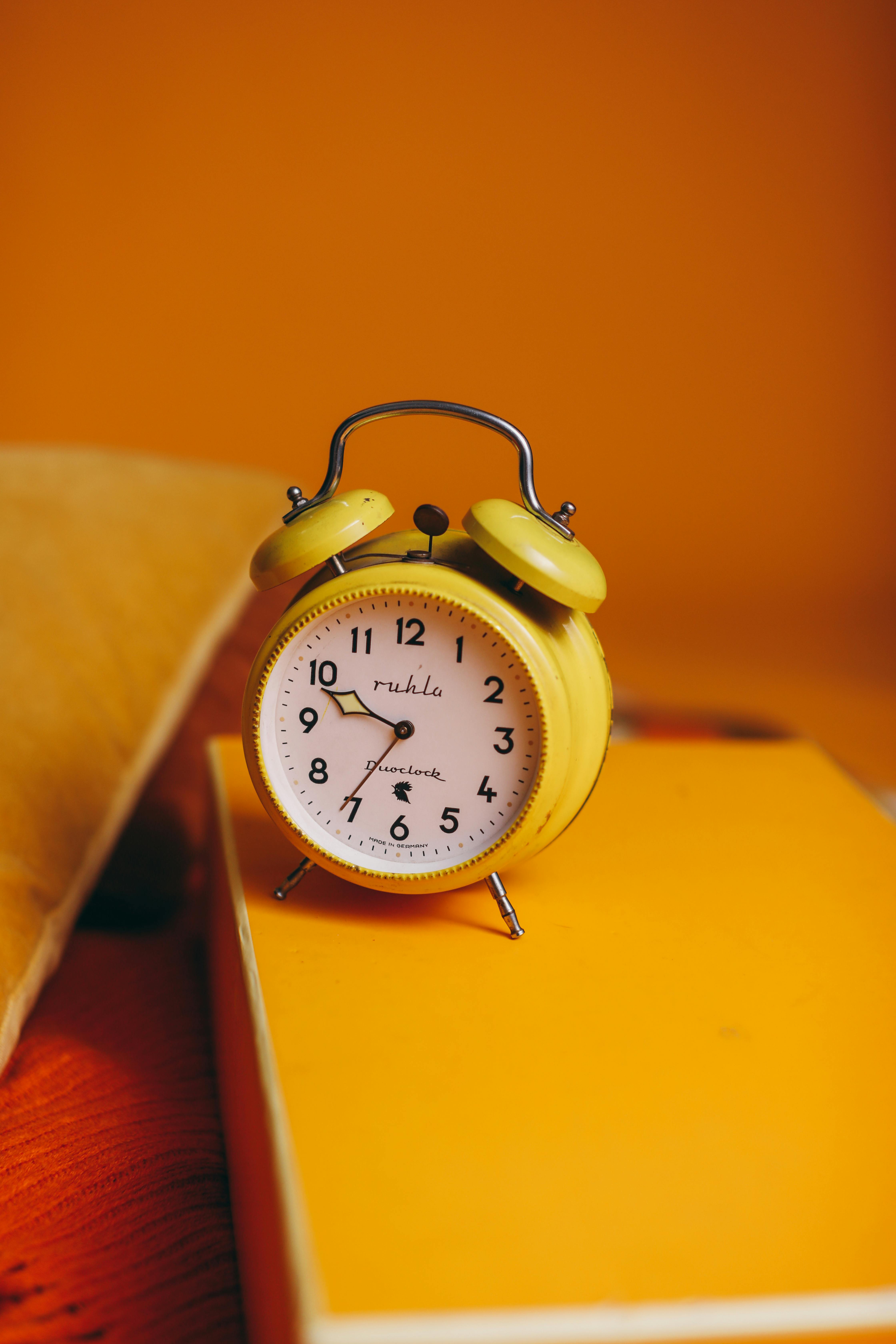
How to Effectively Boil Water for Sterilization
Understanding Boiling Water for Sterilization
Boiling water is one of the most effective methods for sterilization, ensuring that water is free from harmful bacteria, viruses, and other pathogens. It serves as a crucial practice in both household and emergency conditions. To **boil water for sterilization** effectively, it’s essential to understand a few key concepts, including the boiling point of water, recommended boiling times, and proper boiling techniques. For safe drinking water, water must reach a rolling boil for a minimum of one minute at sea level. However, this duration may change depending on your altitude and environmental conditions.
The Importance of Water Purification
Water purification is vital for health and safety, especially when accessing water from uncertain sources. Proper **boiling guidelines** dictate that boiling kills viruses, bacteria, and other microorganisms that might be present. Knowing **how to sterilize water** using boiling techniques can significantly reduce the risk of waterborne diseases. Specifically, boiling is recommended in situations where the quality of water is questionable, such as during natural disasters or in areas with compromised water systems.
Boiling Temperature for Effective Sterilization
The **boiling temperature for sterilization** is a significant factor in ensuring that water is safe to drink. At sea level, water boils at 100 degrees Celsius (212 degrees Fahrenheit). To achieve effective water disinfection, it’s necessary to maintain this temperature. In high-altitude locations, water boils at lower temperatures, requiring longer boiling durations to ensure effective sterilization, typically recommended to be at least 3 minutes when boiling at elevations above 2,000 meters (6,562 feet).
Boiling Water Techniques
Implementing effective boiling techniques is crucial for maintaining **water safety** and ensuring that the water you consume is genuinely free from contaminants. Using clean cookware that is not contaminated can help prevent reintroducing harmful bacteria into the boiled water. The method of boiling should also consider the **water source** to ensure proper disinfection.
Methods to Boil Water Effectively
When discussing **boiling methods**, it is essential to explore various techniques. The most typical method involves bringing the water to a complete boil over a heat source. For **boiling water for drinking**, ensure you start with fresh, clean water. Always boil the water for at least a full minute; for safety in households with compromised water sources or prolonged concerns, a **longer boiling duration** of 3 to 5 minutes is ideal. This is an excellent practice to adopt during emergencies or when unsure about the water quality.
Emergency Boiling Water Procedures
In emergencies, the **boiling guidelines** often become a critical part of hygiene practices. Situations such as natural disasters can compromise regular water supplies, and knowledge of **emergency water sterilization** procedures becomes invaluable. Always keep a reliable heat source available, whether a stove, campfire, or portable stove, to boil water in emergencies whenever necessary.
Health Benefits of Boiling Water
The **benefits of boiling water** extend beyond just sterilization; it ensures the production of safe drinking water, which is vital for overall wellness. By consistently boiling water, you can significantly reduce the intake of microbial pathogens, thus supporting your immune system and preventing health hazards.
Boiling as a Standard Health Practice
Making boiling a daily practice for **home water sterilization** can instill confidence in the overall health of your household. Furthermore, it positions boiling as a preventive measure against potential waterborne infections. Boiled water also is particularly recommended for **infants** or sensitive populations, where safeguarded water intake is paramount.
Connecting Boiling Water with Overall Safety
Understanding the importance of **boiling water procedures** plays a fundamental role in connecting this practice with public health. Campaigns and health initiatives often reinforce the importance of safe water practices. Utilizing boiling as a genuine method to ensure drinkable water contributes to better personal and public health frameworks.
Key Takeaways
- Always boil water for at least 1 minute at sea level to ensure safe consumption.
- Understand the impact of altitude on boiling times when sterilizing water.
- Boiling is an effective strategy to eliminate microorganisms that cause water-borne diseases.
- In emergency situations, prepare to utilize boiling techniques as a reliable water purification method.
- Regularly practice and educate others about safe water treatments, including boiling.
FAQ
1. How long should I boil water to sterilize it effectively?
To effectively **sterilize water**, you should boil it for at least 1 minute at sea level. If you're at higher altitudes, the boiling duration should be extended to about 3 minutes to ensure safety.
2. What are the health benefits of boiling water?
Boiling water significantly reduces harmful microorganisms, improving water safety for drinking and supporting overall health. It is particularly essential for infants and people with compromised immune systems.
3. Can I purify water using boiling methods alone?
Yes, boiling is one of the most effective **water purification methods**. However, for heavily contaminated sources, additional filtration may be considered before or after boiling.
4. What causes the boiling point of water to change?
The boiling point of water changes with altitude due to atmospheric pressure. For every 500 meters increase in elevation, the boiling point decreases by roughly 1°C.
5. What are some common misconceptions about boiling water?
One common misconception is that boiling will instantly make any water safe to drink. While boiling effectively kills most pathogens, if water is heavily polluted with chemicals, those cannot be removed by boiling alone.
6. Are there any alternative methods of sterilizing water?
Besides boiling, alternatives for **water sterilization** include chemical treatments with chlorine, filtration systems, and UV light methods, although boiling remains a simple and highly effective choice.